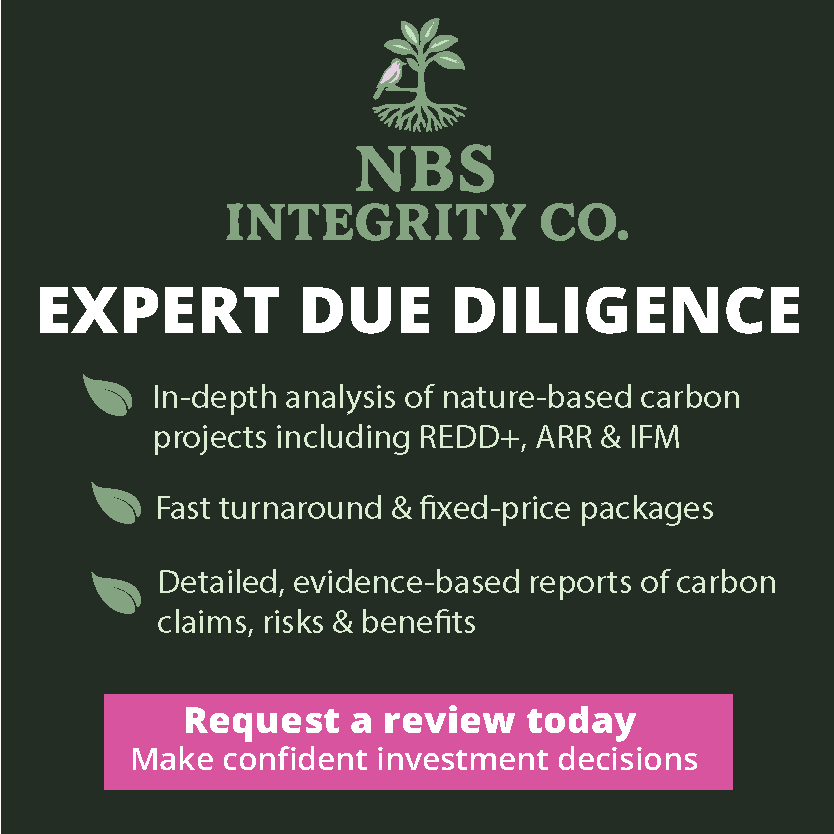China’s NDRC on Tuesday published a list of eight sectors and 15 sub-industries likely to be covered by the national carbon market from the start when it launches in 2017, and it also outlined strict rules for verifiers to avoid conflicts of interest.
There had been some uncertainty as to which sectors will be covered by the ETS, but Tuesday’s list matches the number of sectors identified last month by NDRC official Jiang Zhaoli.
The sectors, which were included in a draft ETS law submitted to the State Council in December, are:
1. Petrochemicals (Crude oil processing, ethylene)
2. Chemicals (Calcium carbide, ammonia synthesis, methanol)
3. Building materials (Clinker, plate glass)
4. Iron and steel (Crude steel)
5. Non-ferrous metals (Electrolytic aluminium, copper smelting)
6. Paper production (Pulp manufacturing, machine made paper, cardboard)
7. Electricity generation (Power, heat-power cogeneration, power grid)
8. Aviation (Civil aviation, passenger transportation, air cargo transport, airports)
Officials have previously said that the threshold to participate in the national ETS will be annual CO2 emissions above 26,000 tonnes, but that rule has yet to be confirmed.
The NDRC statement said all covered entities must report production-based CO2 emissions, total greenhouse gas emissions and energy consumption, as well as other industry-specific information.
VERIFIERS
The NDRC also outlined rules aimed at ensuring that third-party emission verifiers will be professional and not face various conflicts of interest.
The efficacy, accuracy and business conduct of verifiers are seen as crucial for the success of emissions trading in China, which consistently struggles with data falsification in environmental reporting.
The rules stress that verifiers seeking accreditation under the ETS will be barred from trading, consulting or portfolio management in the carbon market.
In the seven regional pilot markets, where service companies have been forced to “learn by doing” due to the shortage of qualified people in the market, some companies including Sino Carbon, Chaoteng and GDR Carbon have engaged in activities outside emissions auditing.
The rules also state that verifiers should not hire anyone that has worked for one of their clients during the past five years.
Any verifier seeking to win accreditation under the national ETS must have registered capital of 3-5 million yuan ($455,000-760,000), employ at least 10 verification staff (and at least two in any category it seeks accreditation for), and have completed at least 20 verification reports in the last three years.
However, exceptions would be made for government-backed research institutions with less experience.
The NDRC said any verifier accredited under the CDM, China’s offset scheme, or any of the pilot markets will likely be approved, though it added companies should have employees with Chinese citizenship, reducing the likelihood that the country is about to open the door for foreign verifiers to participate.
By Stian Reklev – [email protected]
Not yet signed up to CP Daily? Subscribe to our free newsletter here




